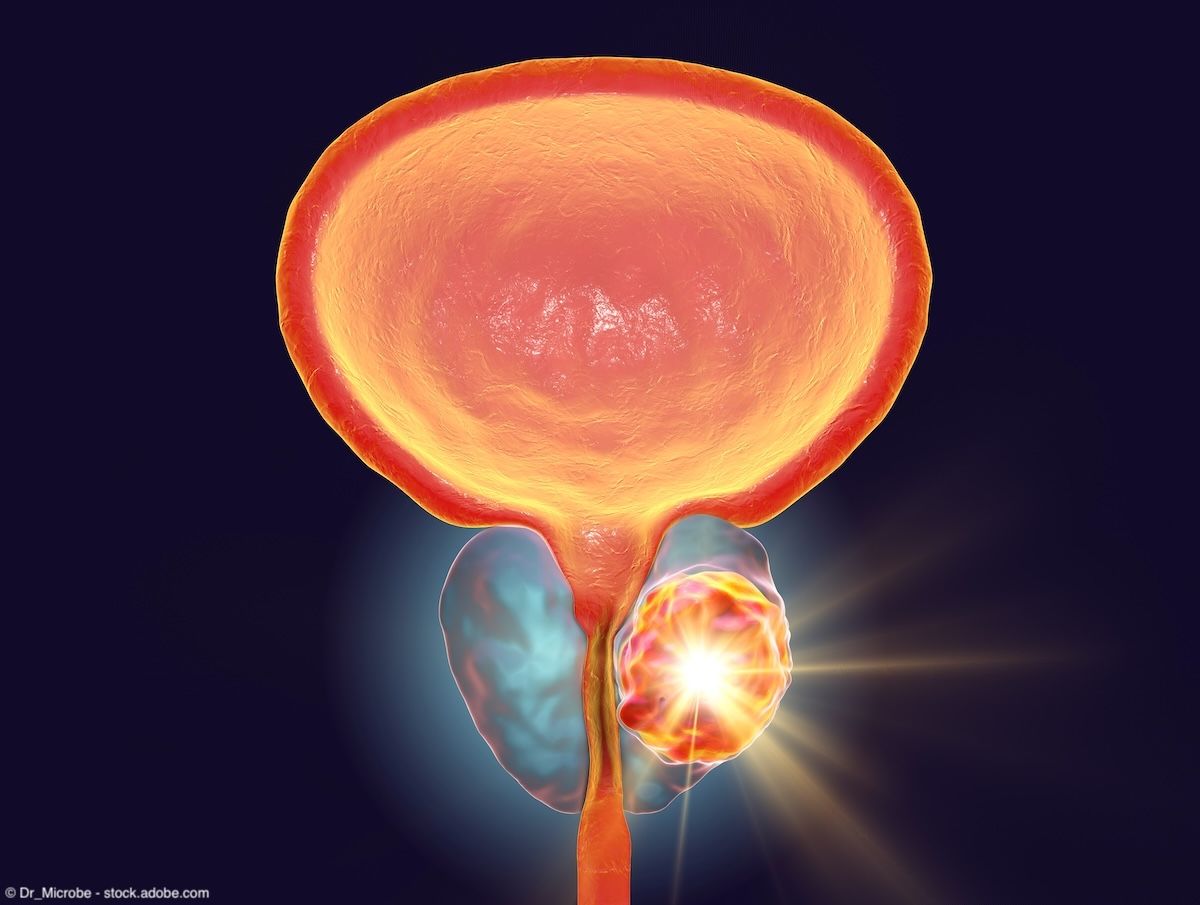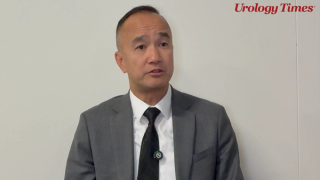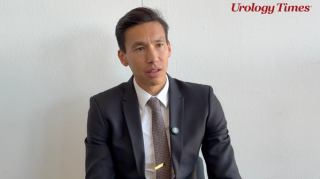
Prostate Cancer
Latest News
Video Series

Latest Videos
Podcasts
CME Content
More News

Here’s a look back at notable news between July and September 2025.

We recap notable headlines from last month in the urologic oncology space.

Jason M. Hafron, MD, CMO, reflects on the most impactful recent developments in prostate cancer and offers insight into where the field is headed.

Daniel Spratt, MD, presented data validating the PAM50 gene expression signature as the first predictive biomarker to guide hormone therapy in prostate cancer.

A comprehensive guide to the key regulatory decisions and conferences slated for the last few months of the year.

According to the authors, CAN-2409 may represent the first new treatment option for men with localized prostate cancer in over 2 decades.

Veeru Kasivisvanathan, MBBS, BSc, FRCS, MSc, PGCert, PhD, highlighted how bpMRI aligns with evolving diagnostic strategies.

Mihir S. Shah, MD, outlines ongoing research on treatment intensification prior to radical prostatectomy in patients with localized prostate cancer.

The PREDICT-RT trial is evaluating intensified or de-intensified concurrent hormone therapy and radiation regimens in high-risk prostate cancer.

Timothy Daskivich, MD, MSHPM, noted that guidelines are central to shaping physician behavior and strongly influence clinical practice

The study is designed to evaluate the safety, efficacy, tolerability, and pharmacokinetics of FG-3246 in patients with mCRPC.

Veda Giri, MD, outlines points of consensus and areas of disagreement across national and international guideline recommendations for germline testing in prostate cancer.

A major focus of the discussion is the integration of advanced prostate cancer therapeutics into urology offices.

Ensuring consistent diagnostic quality remains critical.

Stephen J. Freedland, MD, placed dietary guidance within the broader context of survivorship care.

The phase 2 trial has shown encouraging safety and efficacy results for carotuximab and apalutamide in patients with mCRPC.

Veda Giri, MD, highlights her recent review publication on the current state of germline testing in prostate cancer.

The trial enrolled over 700 high-risk participants across 20 clinical trial sites in Taiwan.

The conversation tackles testosterone therapy in men with prostate cancer, a complex and sometimes controversial issue.

Recent data suggests a lack of knowledge among primary care providers on the value of prostate specific antigen testing, particularly for patients in high-risk groups.

According to the authors, these findings suggest that biparametric MRI could become the new standard of care for prostate cancer diagnosis.

Manuj Agarwal, MD, discusses which patients may be best suited for prostate brachytherapy.

Among men without prostate cancer at baseline, healthier dietary patterns appeared somewhat protective.

Both experts agreed that although the details shift by condition, the core structure of patient-centered decision-making remains constant.

The registrational trial is aiming to expand the indications for Illuccix and Gozellix to include use in prostate cancer diagnosis.
































